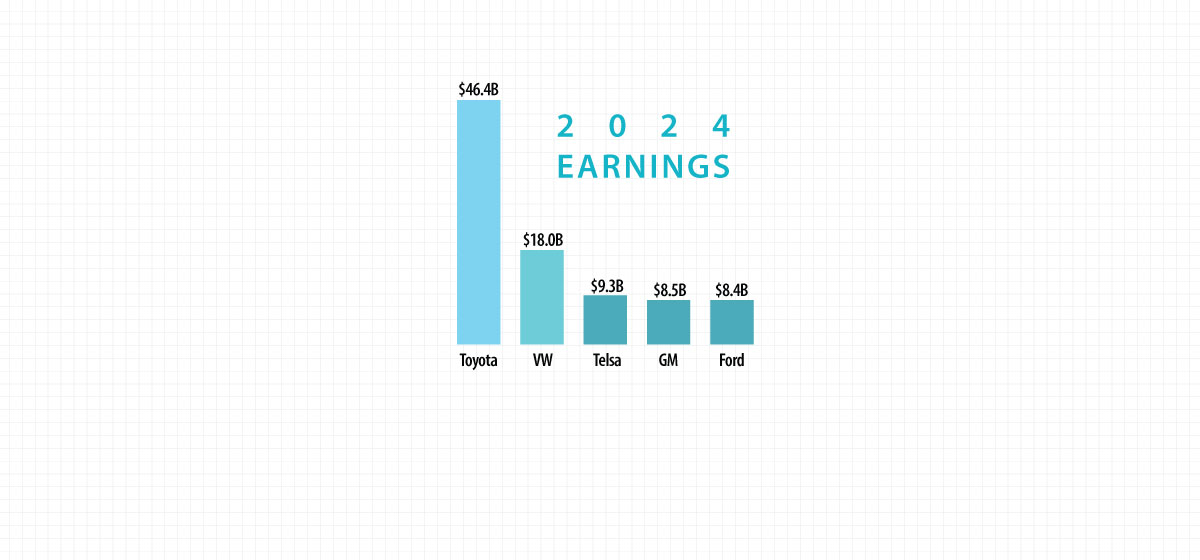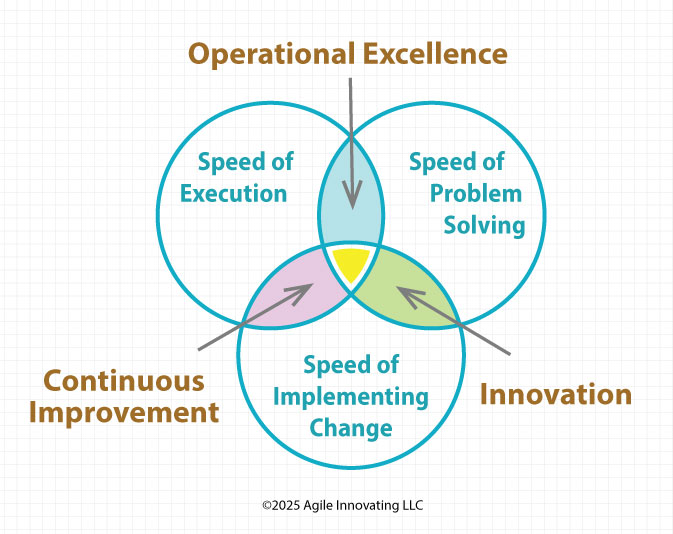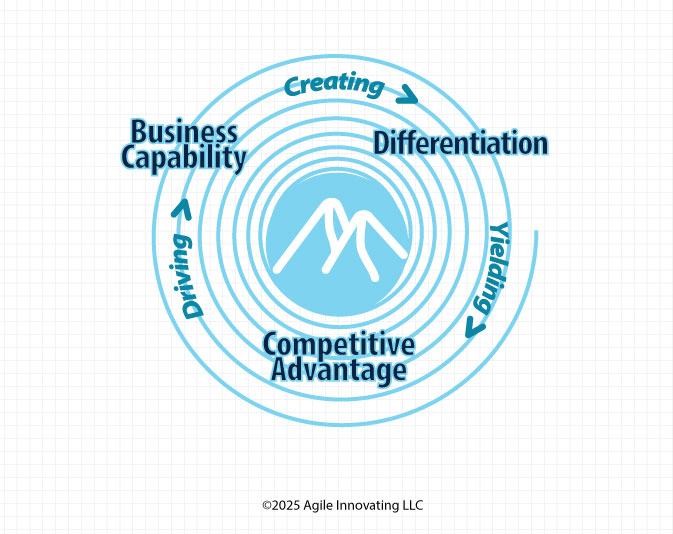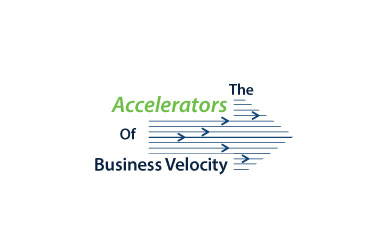
Toyota is the most continuously profitable automobile company for at least a generation.
Toyota is the most profitable automobile company in the world. Their 2024 earnings, at
$46.4 B, are 2.6 times higher than the number two competitor Volkswagen, dwarf those
Tesla by 5 times, and Ford and General Motors by 5.5 times.
Toyota’s performance in 2024 isn’t an anomaly. They have been the world’s most profitable
automobile company for at least a generation. And the end of this domination is nowhere
in sight. What accounts for this astounding level of performance in such a highly
competitive industry?
Toyota is credited with being the father of the Lean Manufacturing revolution starting in the
1990’s. Their Toyota Production System is certainly a part of their competitive advantage.
But Ford has their own Ford Production System and GM has their Global Manufacturing
System. If a fully integrated lean manufacturing system doesn’t account for the difference,
what does?
The Sources of Competitive Advantage

Competitive advantage is an outcome of three core capabilities: Operational Excellence, Continuous Improvement, and Innovation. These capabilities are built on the organizational skills of Execution, Problem Solving, and Implementing Change. It’s the speed of execution of these three skills that turns core capabilities into competitive advantage.
This is where Toyota excels.
The Bedrock Business Cycle

But it’s not just speed of skill execution that sets Toyota apart. It’s how they use speed to create business velocity that continuously leverages their core capabilities. Toyota differentiates itself from the their competition faster than their competition. Because of their business velocity, their competition just can’t keep up or catch up.
The Bedrock Business Cycle is the never ending race to outperform the competition. Over time, the business with the highest sustainable velocity around the cycle wins. Business velocity is mediated by the tension between accelerators and decelerators. The decelerators are always present, and if not purposefully overcome by accelerators, will dominate in the business.
Toyota has solved the fundamental tension that is inherent in every business.

- Uncertainty about the future suppresses taking action
to prepare for it in the present. - The risk of making the wrong change inhibits
taking any action. - Incomplete or non-systematic processes

- establishing a development direction
- reducing problem uncertainty
- minimizing solution risk
- creating change velocity
- systematically engaging skills, resources and tools

